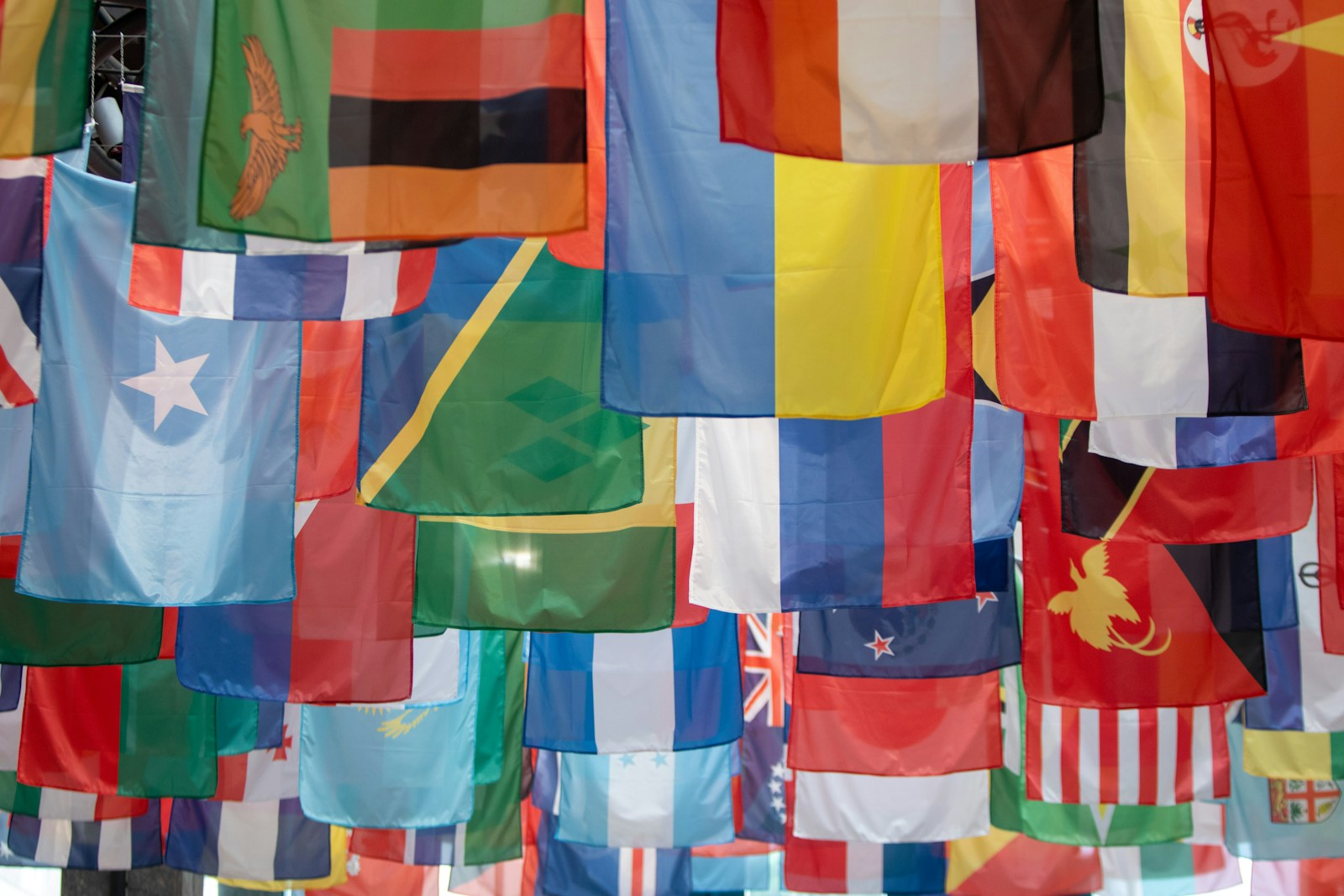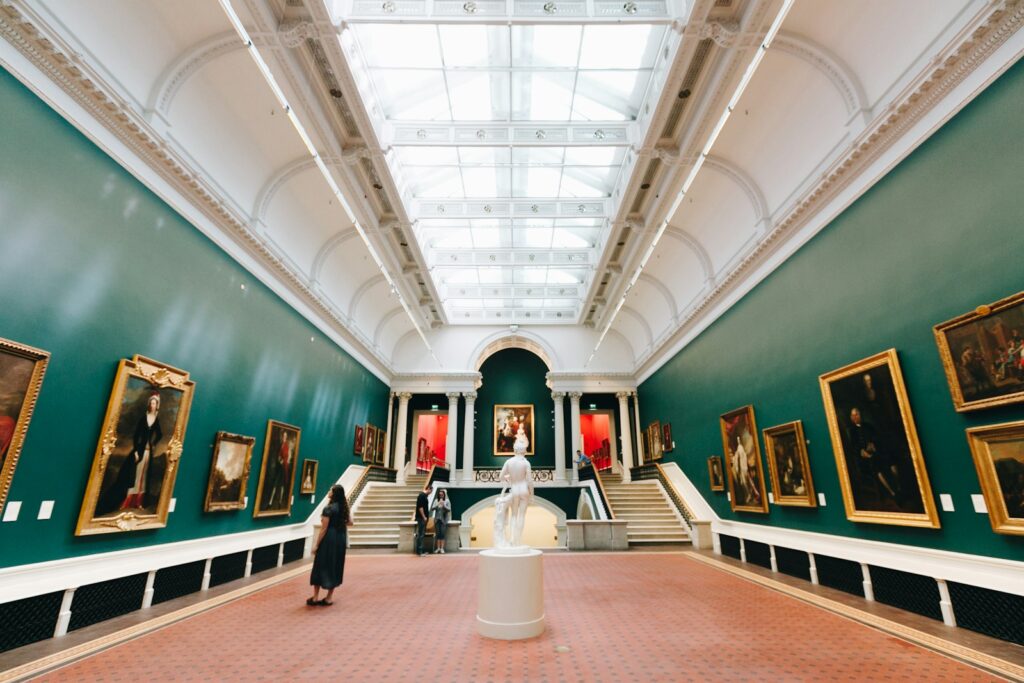Every flag tells a story, and this is flag symbolism explained in plain language. Behind every stripe, star, and color lies a history of struggle, pride, and identity. While they may look simple, flags are visual summaries of a nation’s soul. Its victories, beliefs, and aspirations are woven into cloth.
Here are ten national flags, along with the fascinating meanings behind their colors and symbols.
Japan: The Circle of the Sun
Japan’s minimalist red circle on a white background represents the rising sun, an ancient symbol tied to the goddess Amaterasu, said to be the mythical ancestor of Japan’s emperors. The flag, known as Hinomaru, reflects purity, sincerity, and the dawn of a new beginning.
Explore Countries That No Longer Exist to know how national identities shift over time.
United States: Stars, Stripes, and Symbolism
The American flag’s 13 stripes represent the original 13 colonies, while the 50 stars symbolize each of the 50 states. Red stands for valor and sacrifice, white for purity, and blue for vigilance and justice. It’s a living document of the nation’s growth and resilience over centuries.
France: Liberty in Three Colors
The French tricolor flag, blue, white, and red, emerged during the French Revolution. Blue and red are traditional Parisian colors, while white symbolized the monarchy. Together, they came to represent liberty, equality, and fraternity, as well as the revolutionary ideals that reshaped Europe.
India: Faith, Peace, and Progress
India’s saffron, white, and green stripes carry profound meaning. Saffron represents courage and faith, white symbolizes peace and truth, and green represents growth and fertility. At the center, the blue Ashoka Chakra, or wheel of law, reflects justice and moral progress.
Explore how place-names evolve in Cities That Changed Names — and Why.
Brazil: The Flag of the Heavens
Brazil’s green and yellow background honors the royal houses that founded the nation. At the same time, the blue globe with stars represents the night sky over Rio de Janeiro on November 15, 1889, which is the day Brazil became a republic. Each star corresponds to a specific state, a poetic nod to unity under the heavens.
South Africa: Unity Through Diversity
South Africa’s striking design combines six colors that symbolize the country’s multicultural identity. The “Y” shape represents the convergence of diverse groups into one nation. Adopted in 1994 after the end of apartheid, it stands for unity, transformation, and hope.
Switzerland: The Cross of Neutrality
One of the world’s few square flags, Switzerland’s red background and white cross date back to the 14th century. The cross symbolized Christian unity, while the red field represented freedom and honor. Today, it also stands for the nation’s long-standing neutrality and humanitarian values.
For more history-in-plain-sight, see Everyday Items Older Than You Think.
Nepal: The Flag That Defies Geometry
Nepal’s flag is the only national flag that isn’t rectangular. Its two overlapping triangles symbolize the Himalayas and the country’s two major religions, Hinduism and Buddhism. The sun and moon on the flag represent permanence, and Nepal’s wish to last as long as the celestial bodies themselves.
Mexico: An Eagle, a Cactus, and a Legend
The Mexican flag’s central emblem, a golden eagle devouring a snake atop a cactus, comes from an Aztec legend. It marks the place where the gods told the Aztecs to build their capital, now Mexico City. The colors green, white, and red represent independence, faith, and unity.
Don’t miss Famous Logos With Hidden Messages for more clever symbolism hiding in plain sight.
Canada: The Maple Leaf of Identity
Adopted in 1965, Canada’s flag features a single red maple leaf, an emblem of strength, endurance, and the country’s natural heritage. The red bars on either side represent the Pacific and Atlantic Oceans, framing the nation in both geography and pride.
Symbols of Storytelling
Flags aren’t just decorations. They’re stories made visible. Each color and symbol connects the past with the present, reminding us that identity is something earned, cherished, and constantly evolving.




